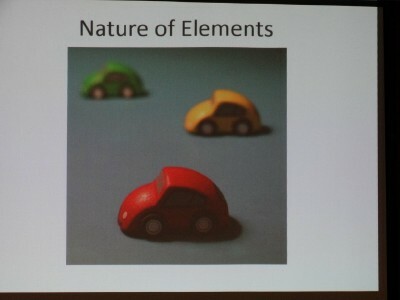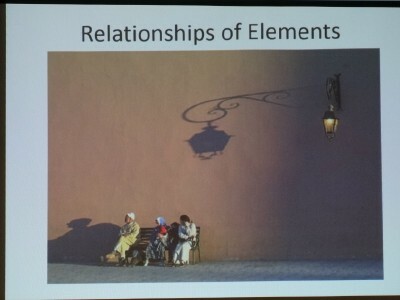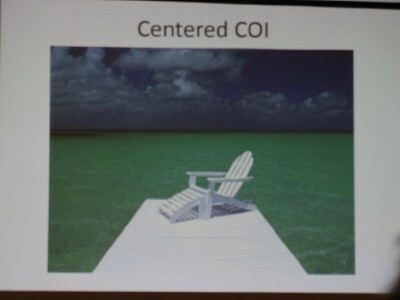JUNE 2016 PROGRAM - TOM SCHROEDER - COMPOSITION

Tom Schroeder, GCWS Member, is basically a self-taught artist who has been using Watercolor for 20 years. He was raised in Southern Minnesota, and credits his early natural surroundings, such as marshes, woods, waterfowls, etc. for his love of painting nature scenes and outdoor subjects. His college training is as an architect, and he also was an exchange student in England, which added to his interest in painting historical buildings and other old and well-used objects. He believes that Beauty is found everywhere. He has recently won awards in the Juried Ohio, Pennsylvania, and Kentucky Watercolor Society Shows. Congratulations, Tom!
Tom enjoys designing bonsai plants, and finds there is a great similarity in composing for Painting and for Bonsai. Composition is the most important component for success in both of these endeavors. Tom’s definition of Composition - the intentional arrangement of elements in the work to tell a story.

Tom’s Basic Elements of Composition: Division of Space; Arrangement of Elements; Nature of Elements; Relationship of the Elements. Also to be discussed, Compositional Errors. Concerning the Division of Space, the following subjects were discussed: Rule of Thirds, the Golden Section (nautilus squares into larger squares); Curves (S curves); Asymmetry; Balance (energy of opposing elements); Perspective (vanishing points, and what is your viewpoint?); Diagonals; Horizontals; and Verticals.

Next discussion covered the Arrangement of Elements such as: Grouping (usually an odd number is best) (the mind can only absorb 11 items comfortably). More than 11 items is called a Grove; Repetition (want similar, but not exactly the same); and Pattern (or disruption of patterns).
Visual Space - one needs to leave room for movement of live objects.
Discussion of space includes Depth; Triangle; Interval of spacing (uneven); Viewing Angle (take your own pictures); Abstraction (real closeups); Massing (can be simple pieces carefully placed); and Void - a “gap”; a non-element.

We saw slides of the many different aspects of the Nature of Elements - (can be simple or complex). Under the Nature of Elements, we include:
Color (Hue, Saturation); Value; Detail; Focus; Lighting (major component for drama); Line (straight, curved, Point); Geometry; Surface; Form; Simplicity; Texture; and Brightness or Darkness.

Then we considered the Relationships of the Elements. Under this heading:
Contrast; Parallel; Scale/Proportion; Mother/Child; Pattern (all are part of a whole); Tangent (touching to show connection); Edge; Emotion; Story Telling; Tension; Proximity; Meaning; Alignment; Interest (Center of Interest); Unity/Harmony; Mood; Humor; and Movement.
It is amazing how many thoughts we need to think; how many considerations we need to consider; how many lessons we need to learn; and how much imagination we need to imagine before we can produce an interesting painting.


And, when we think we have done this, we must take an extra good look at, and try to find any “Compositional Errors”, such as Awkward Tangent Points, Boring Subject Matter, Head “Trees”; Lack of Focus (no Center of Interest); Too Active (too many COI); Items which Lead Out of the Picture; Symmetry; Centered Horizon/Vertical; Improper Lighting; Boring Repetition; Even Numbers; Visual Echo; Static Spacing; Centered COI; Lack of Contrast; Poor Alignment; or a Poor Viewing Angle. Wow! And the GCWS Members still manage to do great work, and produce many, many excellent paintings with Good Composition!
Tom gave us many, many topics to think about, and then he encouraged us to draw on our own personal life experience, and our own personal experiences to tell stories. Identify our interests; create areas of interest; visit and explore environments which contain our interests, and capture images of these environments. We will never run out of ideas for paintings!

